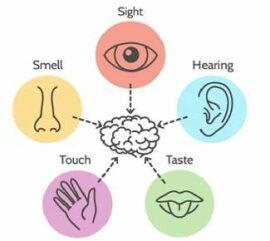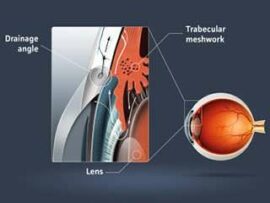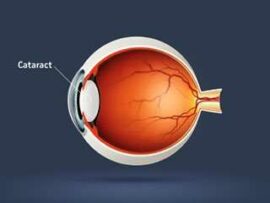Posted by:
Eyes on Rosemont
in Basic Visual Skills, How the Eyes Work
Visual perception refers to a set of skills used to collect and interpret visual information taken in from our environment. The visual information gathered is combined with our other senses, allowing us to derive meaning from what we see. Through the process of merging visual data with our other senses, we are also able to […]
Read
More
Posted by:
Eyes on Rosemont
in Cognitive and Acquired, Common Eye Conditions
Also known as demyelinating optic neuritis, optic neuritis refers to the inflammation of the optic nerve due to the loss of or damage to a protective covering called myelin, which surrounds the optic nerve. The myelin is essential to the function of the optic nerve. A more general term, optic neuropathy, refers to nerve damage […]
Read
More
Posted by:
Eyes on Rosemont
in Cognitive and Acquired, Common Eye Conditions
Pronounced SHOW-grins, Sjogren’s syndrome is a disorder of the immune system, or an autoimmune disease, which causes the body’s immune system to attack and harm the body’s glands. Your glands are responsible for the production of saliva, tears, and other lubrication necessary for the proper function of the body. Sjogren’s Syndrome Symptoms and Side Effects […]
Read
More
Posted by:
Eyes on Rosemont
in Age-Related, Common Eye Conditions
Glaucoma is the second leading cause of blindness in the United States, making it an important public health priority. Although there are several factors that cause glaucoma, all types of glaucoma are characterized by damage to the optic nerve. This damage prevents the brain from receiving appropriate visual information, resulting in vision loss. If you […]
Read
More
Posted by:
Eyes on Rosemont
in All About Eyes, How the Eyes Work
The human visual system is a complex network including the eye, ocular nerves, and key brain areas that process visual information. Under most circumstances, we use information from both eyes to create a single visual image. This ability to converge information from both eyes is called binocular vision. In some cases, the eyes fail to […]
Read
More
Posted by:
Eyes on Rosemont
in Cognitive and Acquired, Common Eye Conditions
Commonly called crossed eyes, strabismus is a condition in which eyes do not work together, failing to maintain proper alignment. While one eye focuses on an object, the other does not. The failure of the eyes to work together causes double vision, and if untreated can lead to an extreme reduction of vision in one […]
Read
More
Posted by:
Eyes on Rosemont
in Cognitive and Acquired, Common Eye Conditions
Almost everyone uses computers in the modern world, whether for recreation, employment, education or any combination of the three. Unfortunately, our increased use of computers in almost every aspect of our lives — even using a smartphone to make a telephone call — requires our eyes to read a computer screen. According to a New […]
Read
More
Posted by:
Eyes on Rosemont
in Cognitive and Acquired, Common Eye Conditions
Uveitis refers to the inflammation of the eye’s middle layer, which consists of the iris, ciliary body, and choroid. Several fungal, viral, or bacterial infections lead to uveitis, as do certain autoimmune (systemic) and inflammatory conditions. In most cases of uveitis, however, the exact cause is unknown. Types of Uveitis Four classifications of uveitis exist. […]
Read
More
Posted by:
Eyes on Rosemont
in All About Eyes, Vision Problems
Glare and halos are both eye symptoms that some people experience around bright lights. Halos show up as bright circles around a light source. Glare is light that interferes with your vision, making it difficult to see or sometimes making your eyes water. These symptoms can show up at any time of the day. Halos […]
Read
More
Posted by:
Eyes on Rosemont
in Age-Related, Common Eye Conditions
Many body parts begin to change as you age, and your eyes are no exception. One of the most common age-related eye changes is the development of cataracts. Although cataracts do not occur exclusively in older adults, they affect approximately half of all Americans by age 80. What Are Cataracts? Cataracts occur when the lens […]
Read
More










